Let’s face it—if you live in the U.S. and say you don’t like candy, you’re either lying… or part of some underground anti-sugar resistance movement.
From movie theater binges to Halloween chaos, candy has always been the legal drug of choice for Americans. It’s colorful, addictive, and available at every gas station from Los Angeles to Tallahassee. But which brands reign supreme in the sacred shrine that is your dentist’s worst nightmare?
Let’s rip open the wrapper on the Top 5 Candy Brands in the U.S. and prepare for a sugar-fueled ride that’ll leave you crashing into your childhood memories… and maybe into a bag of Reese’s.
1. Reese’s – The King of Chocolate and Peanut Butter Royalty
When Reese’s entered the candy arena, every other snack bowed in sweet submission. Peanut butter and chocolate? That’s not just a combination, that’s an American love story that puts Romeo and Juliet to shame (plus, they actually survive in this version).
Whether it’s the original cups, miniatures, pumpkins, eggs, or those oddly satisfying Reese’s Trees, this brand consistently dominates store shelves and Halloween hauls. And let’s be honest—you’ve definitely eaten an entire pack in your car before getting home.
Fun Fact: Reese’s is the best-selling candy brand in the U.S. It’s basically the Beyoncé of confections.
Disclaimer: As an Amazon Associate, I earn from qualifying purchases. This means if you click on a link and make a purchase, I may receive a small commission—at no additional cost to you.
2. Snickers – Because You’re Not You When You’re Hungry
Snickers didn’t just invent a candy bar. They invented a whole attitude. That nougat-caramel-peanut-chocolate beast is less a snack and more a full-blown personality shift. One bite and you go from “hangry cryptid” to “functioning member of society.”
Their marketing campaign is iconic, their texture is perfect, and let’s not forget: Snickers ice cream bars exist—which is just unfair to every other dessert.
If Reese’s is the king, Snickers is the battle-hardened knight that gets you through a Monday without punching Greg in accounting.
3. M&M’s – Melts in Your Mouth, Not in Your Therapy Bills
These colorful button-shaped miracles are the Swiss Army knife of candy. You can eat them, bake them, throw them in popcorn, or use them to bribe small children (or large adults, we don’t judge). And with more flavors than your local vape shop—Peanut, Pretzel, Caramel, Mint, Crunchy Cookie—M&M’s are basically the Pokémon of candy.
Also, let’s not overlook the sassy M&M mascots, which are probably more well-developed than half the characters in modern cinema.
4. Skittles – Taste the Rainbow (and Maybe a Sugar Coma)
Skittles are a chaotic burst of fruit flavor that slap your taste buds like a caffeinated raccoon. They’re not subtle. They’re not refined. They are the candy equivalent of that friend who shows up in a neon crop top with glitter boots and says, “We’re getting tattoos tonight!”
Available in original, sour, tropical, wild berry, and “whatever the marketing team cooked up this week,” Skittles are for those who like their candy to shout rather than whisper.
Pro tip: Eat them one flavor at a time like a civilized person or dump the whole bag in your mouth and feel the rainbow become a rave.
5. Twizzlers – The Red Vines We Actually Asked For
Let’s be honest—Twizzlers are the only licorice-adjacent candy that doesn’t taste like punishment. With their signature strawberry twist and peel-apart action, they’re one of the few candies that double as both a snack and a time-wasting toy during boring meetings.
They’re perfect for sharing, unless you value your friendships, in which case… just say you’re “out.”
Sure, chocolate gets all the attention, but Twizzlers are the underrated, chewy hero we all need when we’re sick of melting M&Ms in the summer heat.
Honorable Mentions (aka The Candy Cabinet’s B-Squad)
- Kit Kat – Great for sharing, better for selfishly biting into without breaking.
- Butterfinger – Delicious, but leaves enough crumbs to build another one.
- Sour Patch Kids – First sour, then sweet, then gone because you devoured the bag.
- Hershey’s – The OG chocolate bar that’s a camping trip essential.
- Starburst – When you want jaw pain and fruity joy in one chew.
The Sweet Conclusion
So there you have it—America’s top five candy giants. Whether you’re a peanut butter junkie, a fruity fanatic, or just someone who uses Halloween as an excuse to hoard sugar like a squirrel prepping for doomsday, there’s something on this list for you.
Candy isn’t just a treat; it’s a cultural phenomenon. It’s how we bribe toddlers, bond during movies, and sneak a little happiness into our over-caffeinated, overworked lives.
Now go forth, grab a bag of something sinfully sweet, and remember that the best part of being an adult is not having to ask permission to eat candy for breakfast (just don’t tell your dentist where you got the idea).
Disclaimer: This post contains no nutritional value—emotionally or otherwise. Eat responsibly. Or don’t. Life is short.































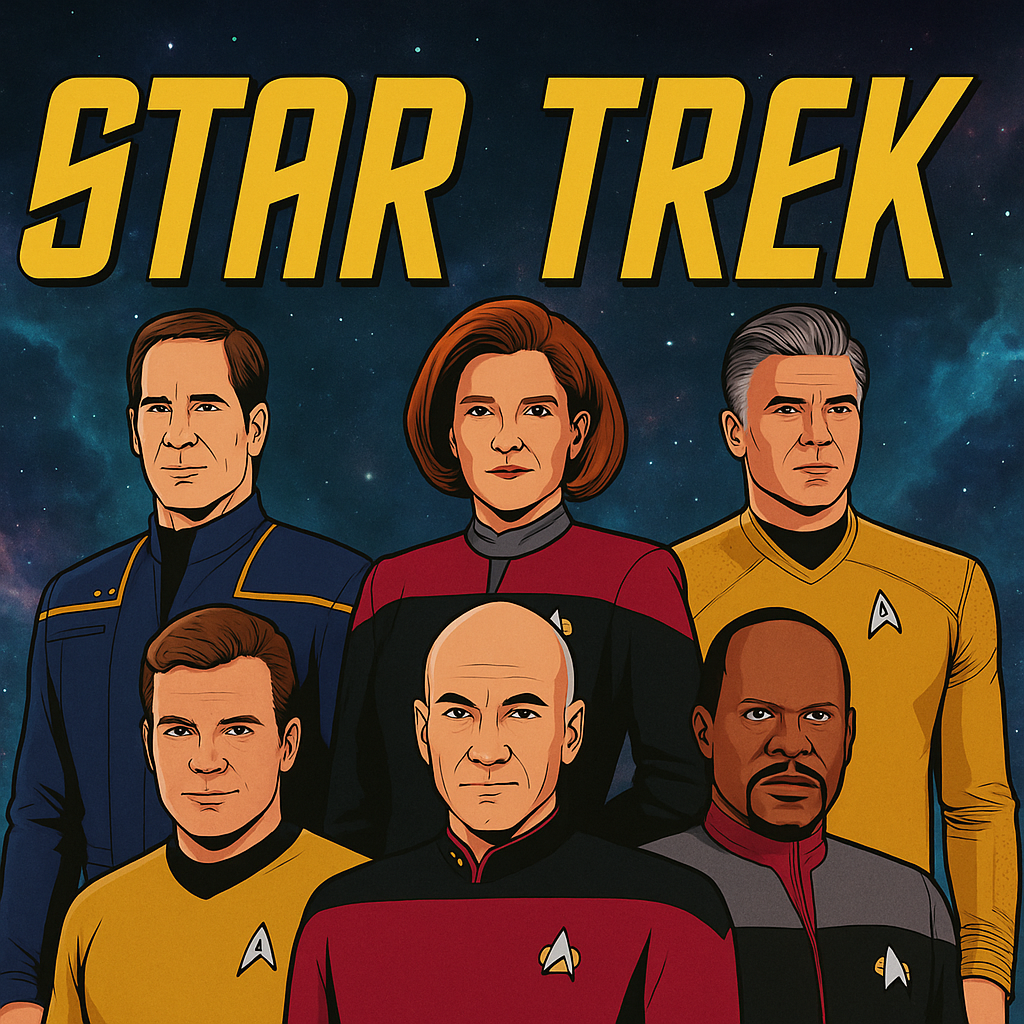
![Why You Must Watch Every Episode of Star Trek (All Series) 32 Star Trek: Enterprise: The Complete Series [Blu-ray]](https://m.media-amazon.com/images/I/41nZXBMumML.jpg)





![Why You Must Watch Every Episode of Star Trek (All Series) 38 Star Trek: Discovery - The Complete Series [Blu-Ray]](https://m.media-amazon.com/images/I/41zyKN0LrsL.jpg)
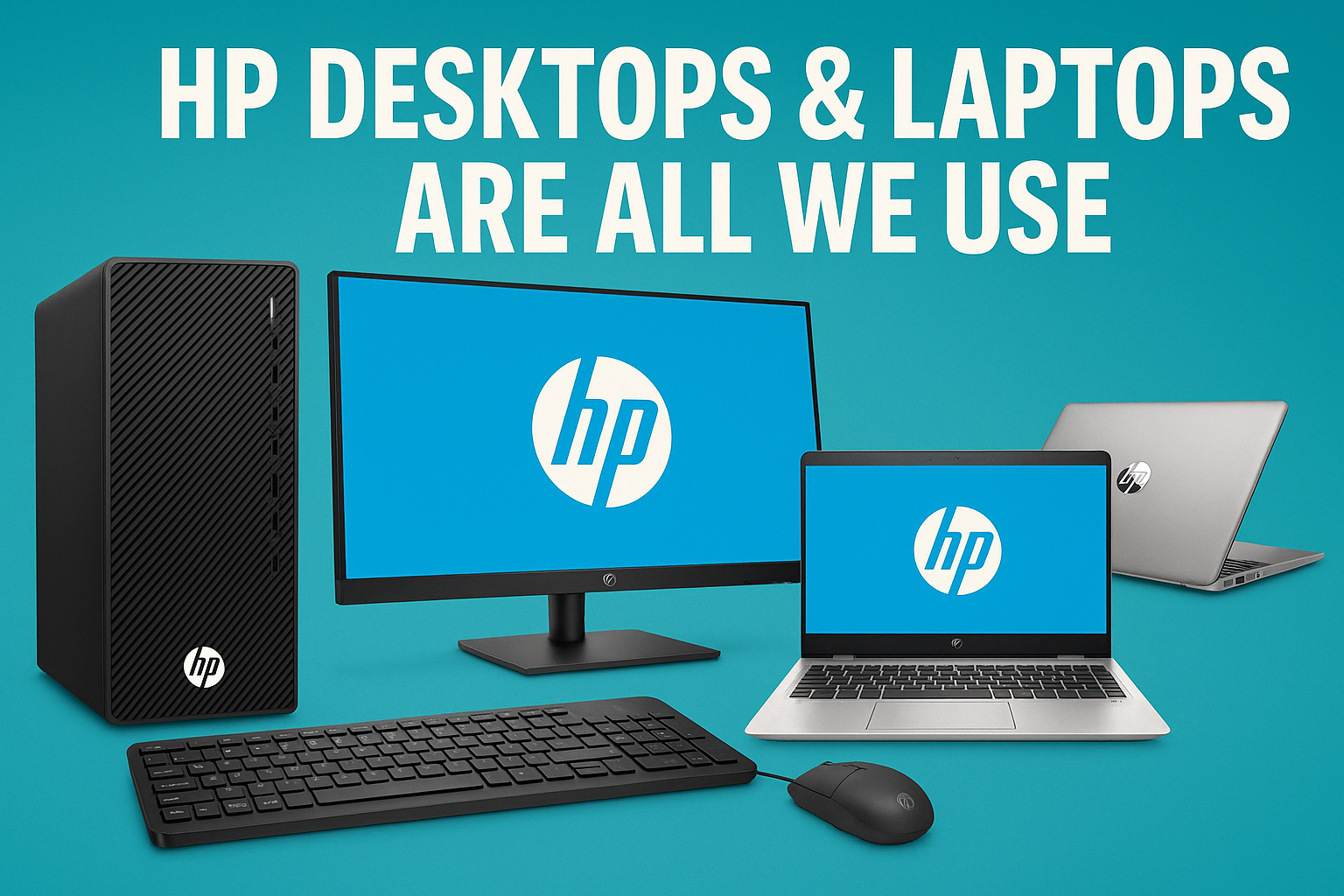





















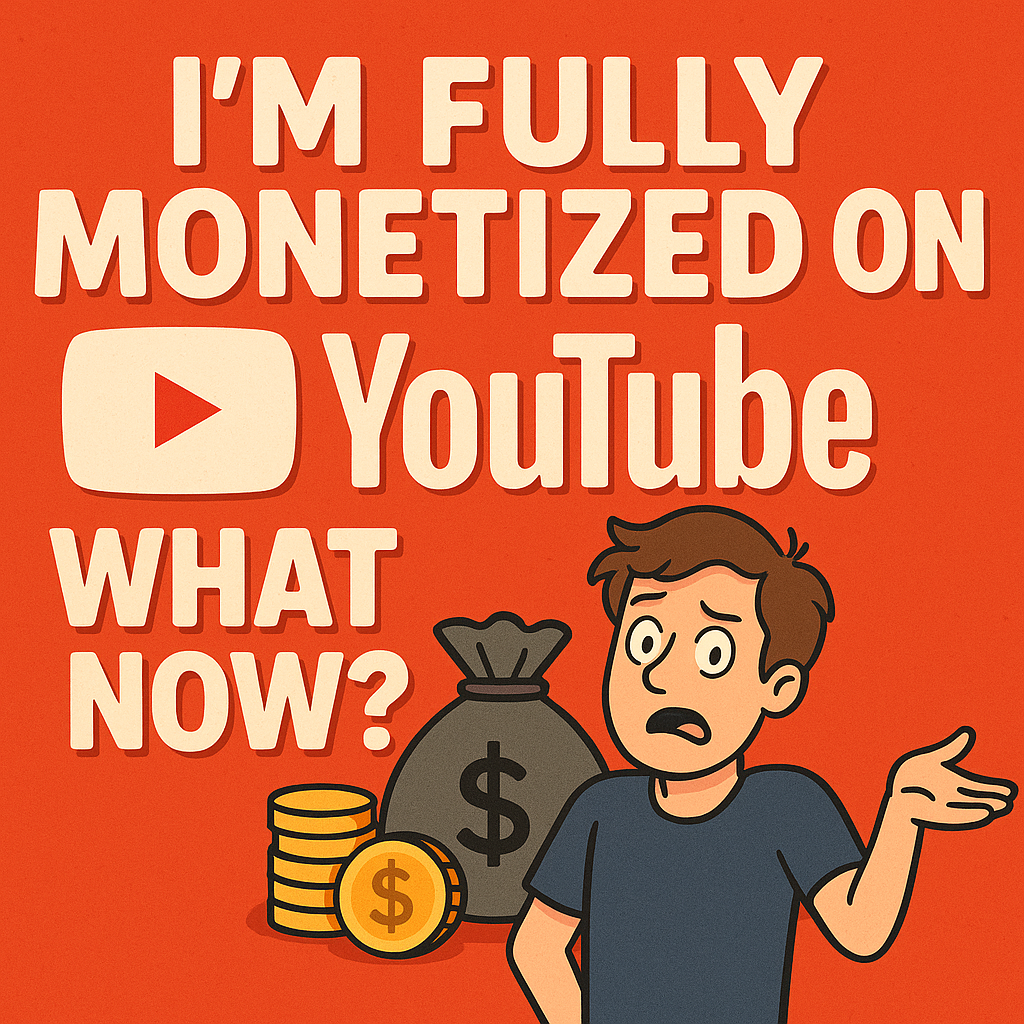






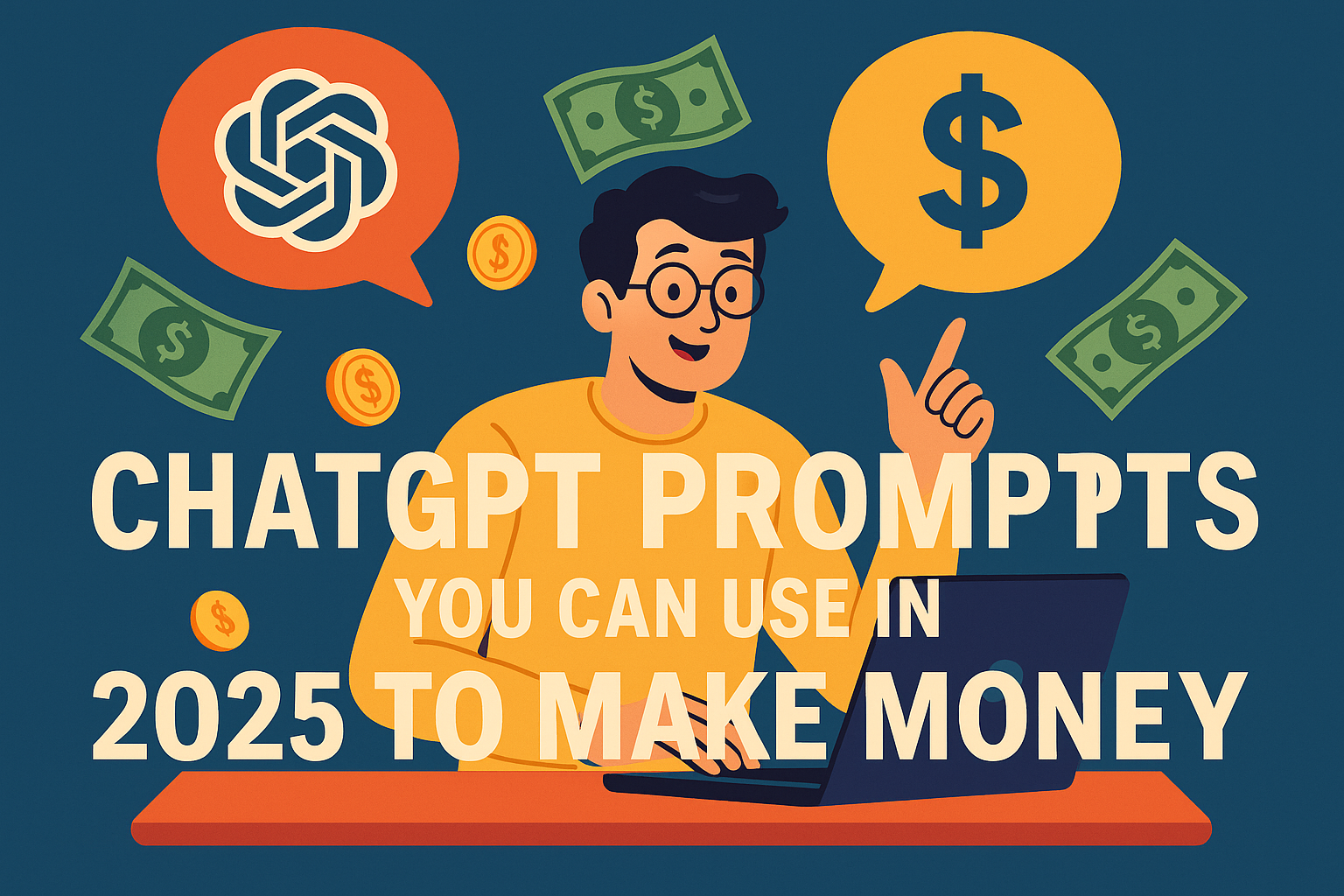














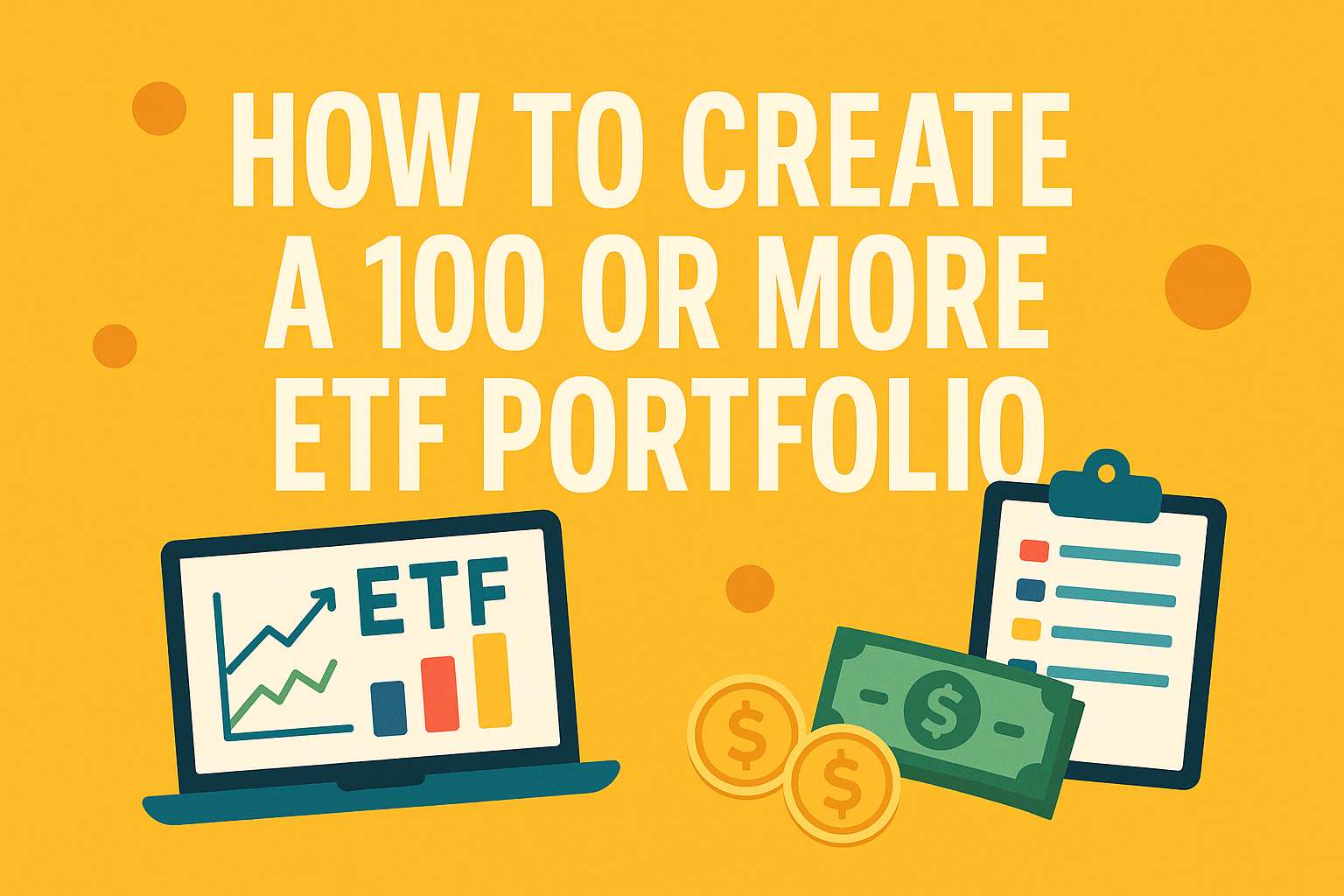







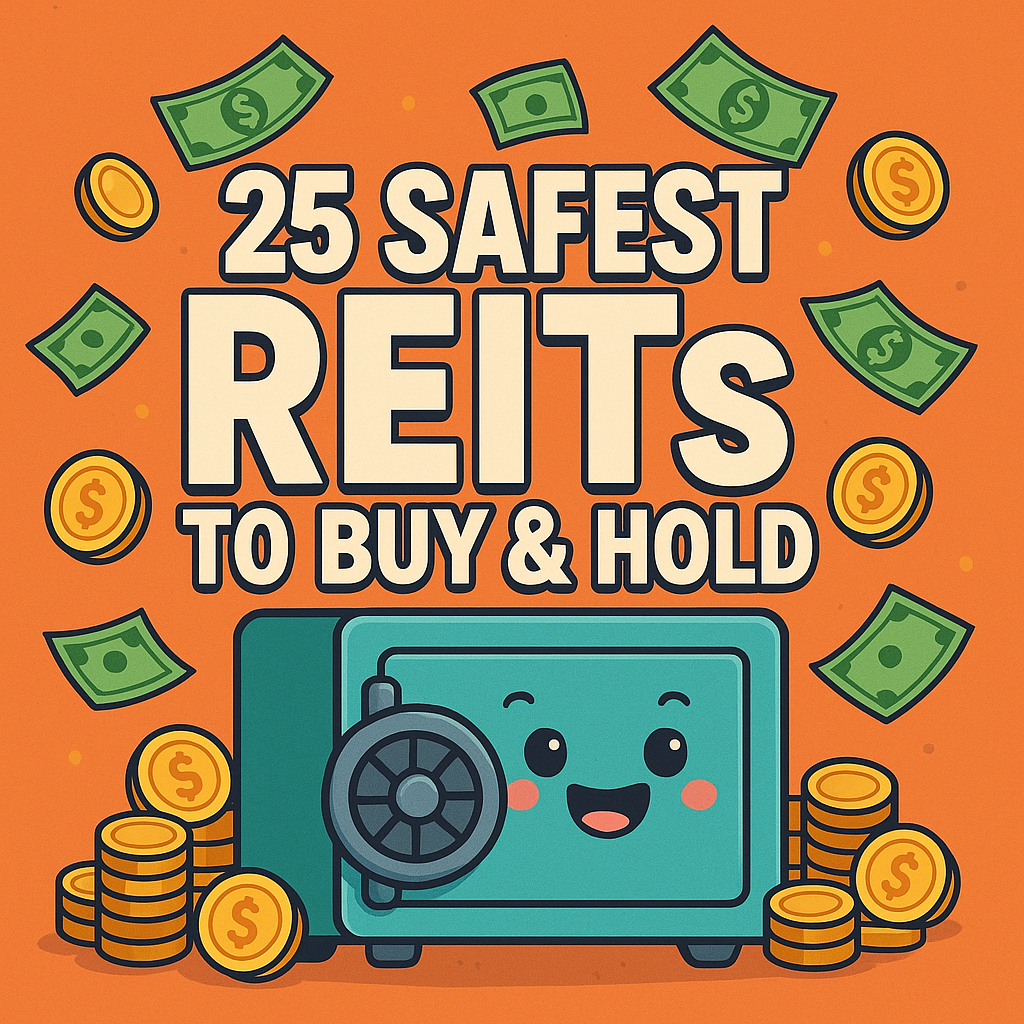
![25 Safest REITs to Buy & Hold 93 The REITs Investing Bible: [3 in 1] Unlocking Wealth through Real...](https://m.media-amazon.com/images/I/51xsa2jl-sL._SX342_SY445_.jpg)






